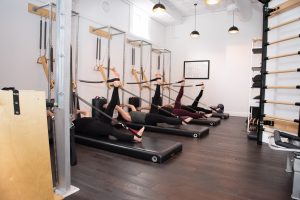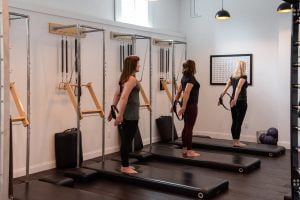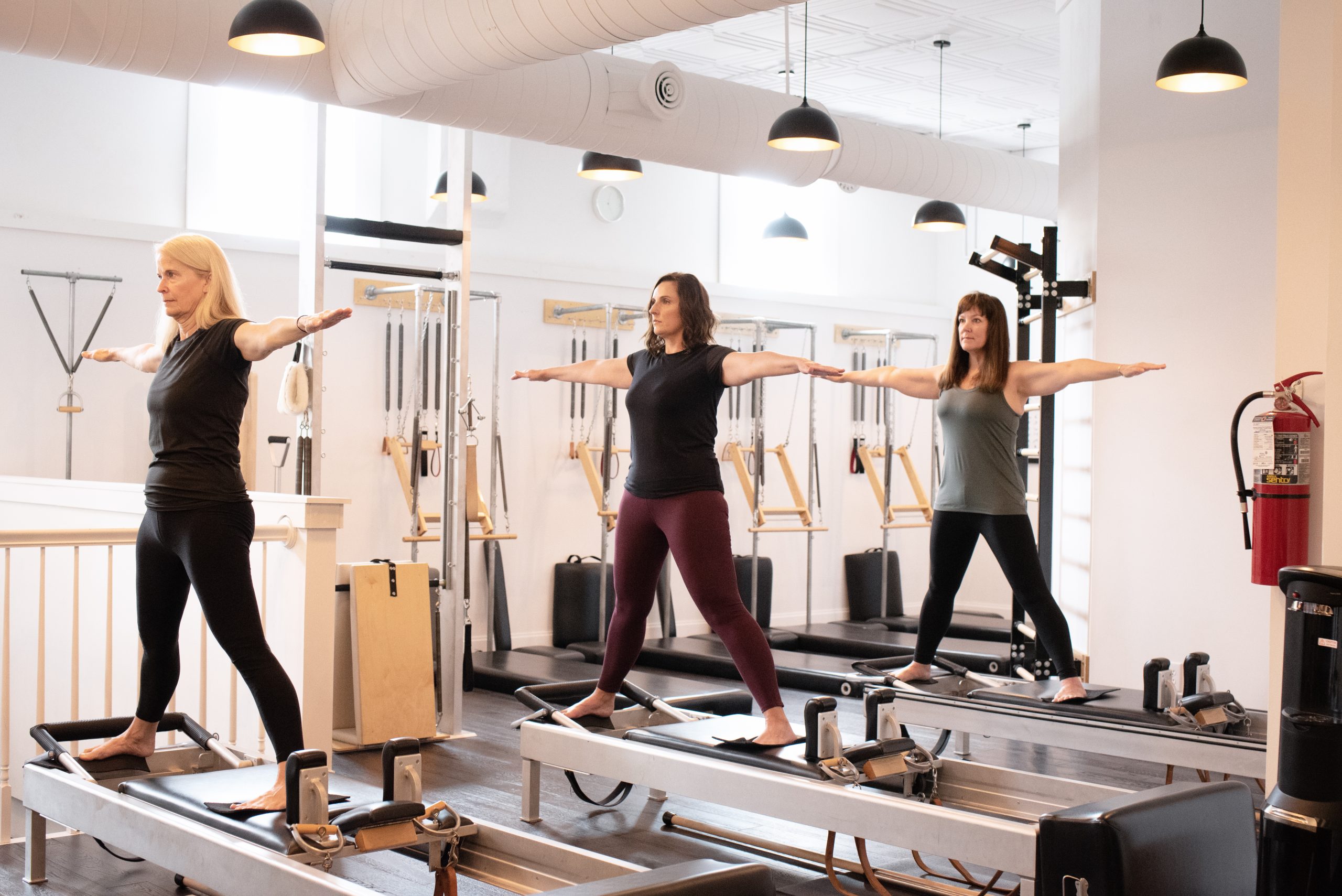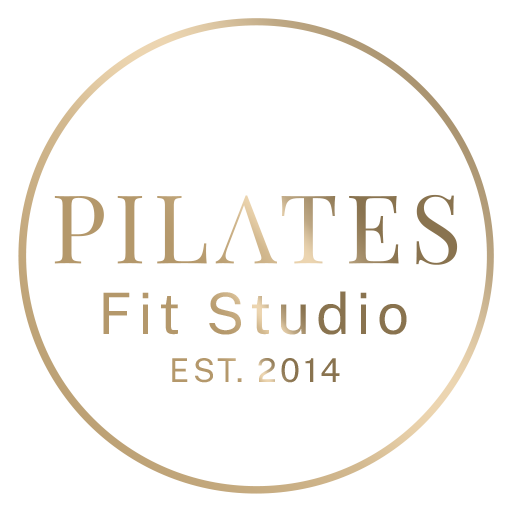You’re signing up for your first class at a Classical Pilates studio and you’re wondering what level should be taking. Does it matter if you take the beginner class or go into an intermediate class? Yes. It’s not about your athletic ability or how much you work out–the classes require you to know the choreography, change your own equipment, and keep up with the pace. This is why it’s important to start with the beginner classes–once you’ve mastered the basic moves and equipment, you’ll be equipped to graduate to the next level.

Here is what you can expect out of the beginner and intermediate classes, and why it’s so important to understand the difference between the two levels.
What to expect in a beginner level class.
The beginner group is appropriate for all Pilates practitioners. You will learn a set sequence of the beginning Pilates exercises on the spring-driven equipment that allows practitioners to focus on learning the exercises, transitions between exercises, and how to change your springs and equipment. You will also get detailed instructions, hands-on cues for proper alignment, and individual attention to address your unique needs.
The beginner class work through the entire Classical Pilates system on the Reformer, Tower, Chair, Mat, and auxiliary pieces to give you a strong body that’s stable to the core.
What to expect from an intermediate level class
Once you have a solid foundational knowledge of the Pilates system, repertoire, transitions, and can change your own springs on the equipment, you will progress to an intermediate class. The intermediate system will be at a moderate to fast pace as your progress, which will deepen the execution of the exercises.
What are the major differences between the two levels?

Pace through transitions – You will move faster in the intermediate classes because you will know the names of the exercises and the transitions between the exercises.
Movement vocabulary – The beginner and intermediate exercises are different! Mastering the beginner exercises will allow you to safely advance to the intermediate exercises. Progressing too soon may confuse you or prevent you from getting the full benefits of each exercise. It may cause frustration as well because the class will be moving faster than you can keep up with when you don’t know the exercises, transitions, or equipment changes.
Am I ready to move from a beginner into an intermediate class?
If you know the answers to most of these questions then YES! If you are not sure, ask your teacher:
- Do you know how many springs you need for footwork?
- Do you know what you need for the short box series?
- Do you know how to prepare your leather straps for frogs and leg circles?
- Do you know what it means to “run” on the reformer?

If I’ve been practicing Pilates for years, will I get a workout in a beginner class?
You will absolutely get a full-body workout in a beginner class even if you have been doing pilates for years. You will move. You will sweat. You will strengthen your core, legs, arms, and you will stretch. You may even be surprised just how hard you will work. When you fully have the exercises in your body, you feel the work in your body!
Of course, if you’re new to Pilates Fit Studio but not new to Classical Pilates, let us know so that we can put you in the appropriate Semi-Private Small Group Pilates class.
Written by Erica Walters, Owner & Senior Classical Teacher at Pilates Fit Studio in Peewee Valley, KY


